
Among the lines launching Tokyo’s new fashion and music retail outlet The Pool is a collaboration between Japanese streetwear labels Fragment and Peel + Lift on a fresh version of the 1976 Anarchy Shirt design by Malcolm McLaren and Vivienne Westwood.
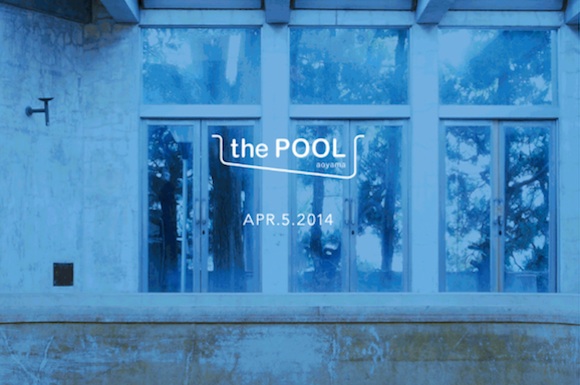
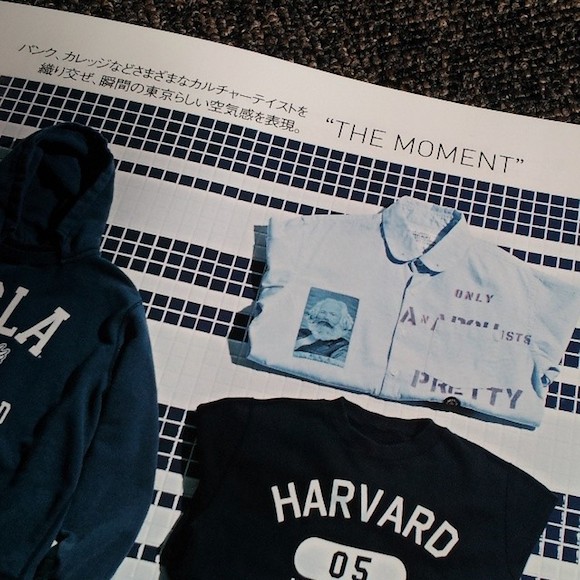

The reissue, in four versions, is a stripped down reproduction of one of the original variants created by McLaren and Westwood to be worn by the Sex Pistols and for sale in their shop at 430 King’s Road in its incarnations as Sex and Seditionaries.
“I had been a student in the 60s, and the anarchic student movements in France really framed my critique,” McLaren told me in 2007. “This particular shirt celebrated that.”
The original designs used as a base the deadstock Wemblex brand shirts stored in boxes at McLaren & Westwood’s flat in Clapham, south London in the mid-70s. “They were pin-striped and made in cheap cotton in the early 60s when the ‘pin-through’ collar style – an American look – was fashionable,” said McLaren.
“I wore and wore them and then, one day, Vivienne decided to paint stripes over one. She showed it to me and together we customised it, using my son’s stencil set, with slogans such as “Only Anarchists Are Pretty” and “Dangerously Close To Love”.
“As well as layering the stencils to increase the impact, I attached silk patches of Karl Marx I discovered in shops in Chinatown which sold Maoist literature. I chose him because his book started the Socialist and workers’ movements in the 19th century. Also, Vivienne and I liked his beard.
“Marx was a writer/author, a creator of ideas, not a politician like Lenin. Marx represented a greater significance and was important to us because he lived in London at one point.”
Read the rest of this entry »
Tags: Anarchy Shirts, Aoyoama, Dangerously Close To Love, Fragment, Glen Matlock, Hiroshi Fujiwara, J-Wave, Jordan, JUN Group, Karl Marx, Only Anarchists Are Pretty, Peel + Lift, So It Goes, Sophnet, Soundpool, Steve Jones, The Black Hand Gang, The Pool, Uniform Experiment, Vivienne Westwood, Wemblex
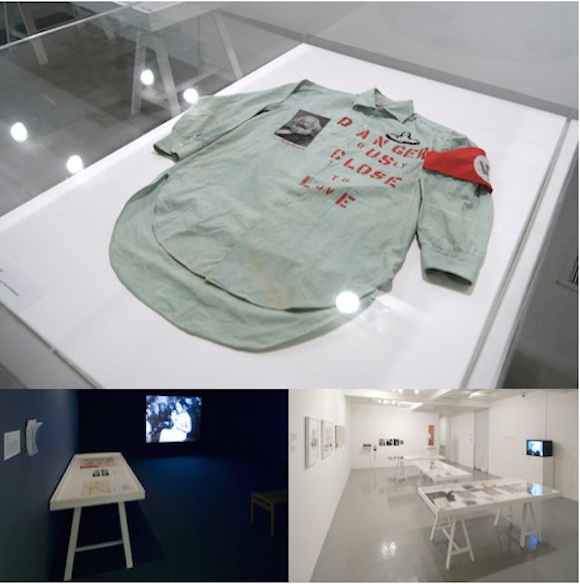






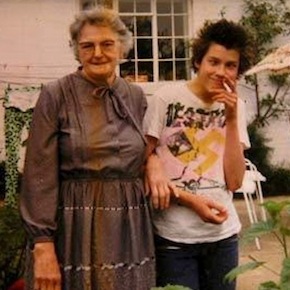
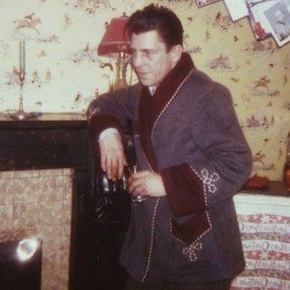
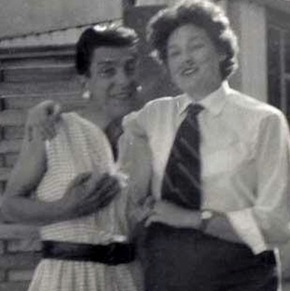
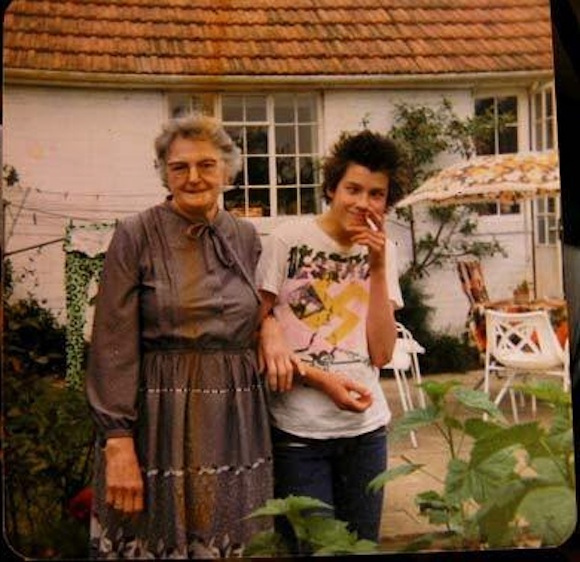
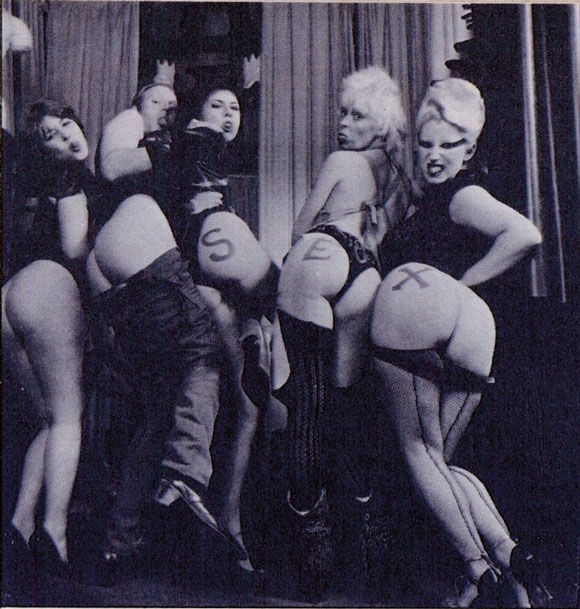
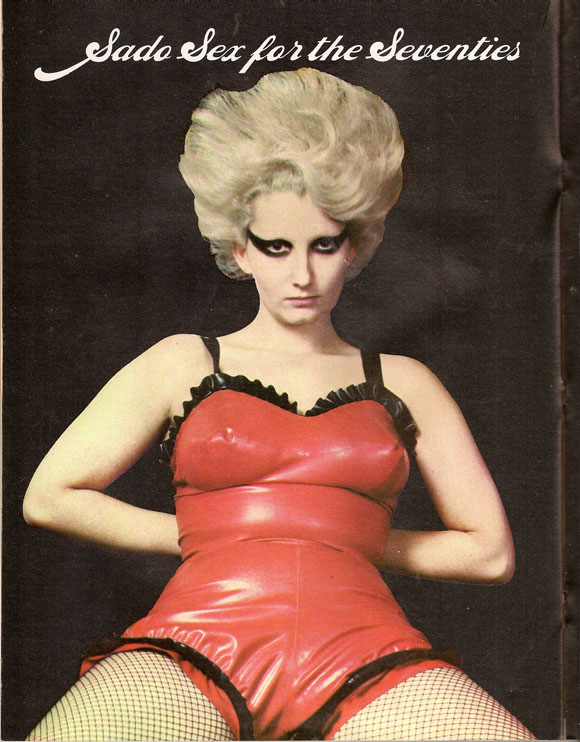
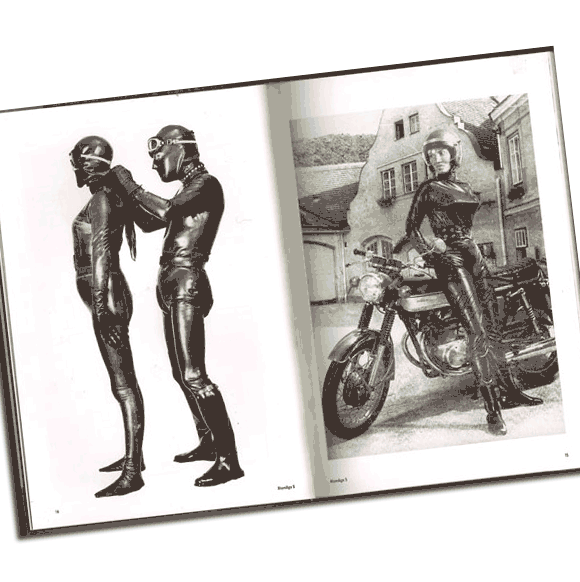
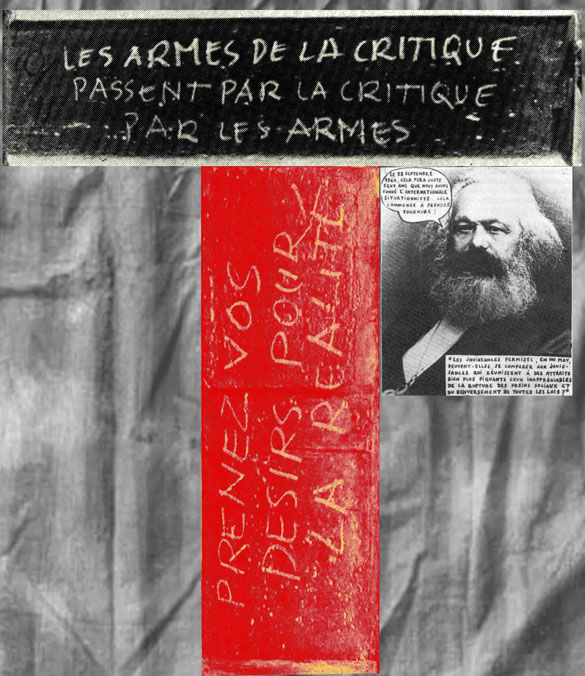
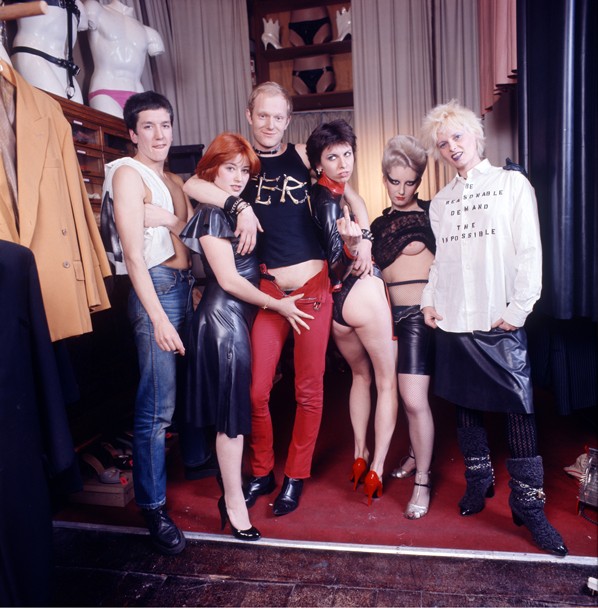
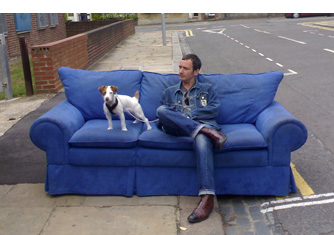






Recent Comments